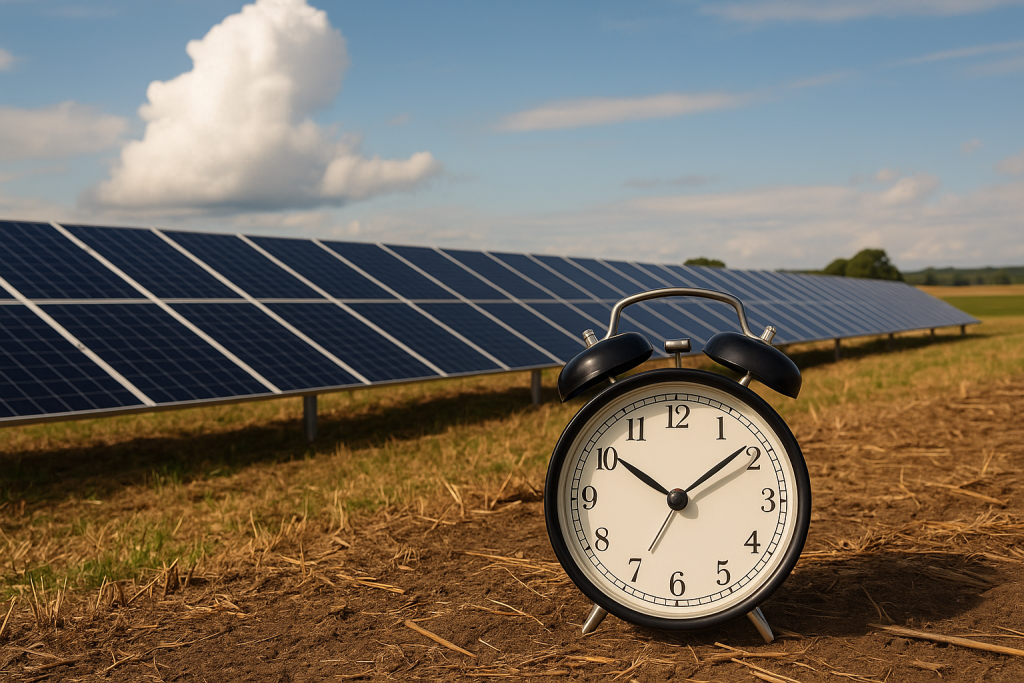
Senator Chuck Grassley’s making waves in a place you might not expect: the permitting pipeline for renewable energy. He’s holding up certain Treasury appointments until there’s flexibility in how “beginning construction” is defined. Doesn’t sound dramatic? Tell that to the crew in Hardin County who’ve already mapped out their site but could lose funding if the official definition says their project “started” too late. It’s the policy equivalent of benching a winning team because the bus hit traffic on the way to the game.
The Law That Changed the Math
This all traces back to July, when the “One Big Beautiful Bill” passed and federal tax credit deadlines got chopped in half. Under the new rules, a project has to break ground by mid-2026 and be operational by the end of 2027 to qualify. That’s a brutal pace for large-scale solar farms—ask anyone in Cerro Gordo County still waiting on transformer shipments delayed by months.
From Steady Rise to Sudden Stall
Not so long ago, Iowa’s solar footprint could barely cover the parking lot at the State Fairgrounds. Now? Around 350 megawatts are online, much of it on farm ground in places like Tama and Buena Vista counties, where solar arrays share space with hay fields. For the farmers leasing land, those panels have been as steady as a good soybean year—plus, the federal incentives kept things profitable. Until now.
Other States Are Sprinting
Meanwhile, Minnesota and Illinois developers are piling into their county offices with paperwork, trying to get approvals stamped before the deadlines slam shut. Here at home, a handful of Iowa projects—like the proposed co-op solar array outside Decorah—are still wading through zoning meetings and public comment periods. The clock doesn’t pause while you wait for the county board to schedule another vote.
What Iowa Could Do Right Now
-
Reopen the Incentive Window – Or at least match the timeline to Iowa’s actual build seasons, where frost and mud can eat whole months.
-
Go Hybrid – Link solar arrays with wind turbines in counties like Franklin and Worth, where both resources perform well, and pair them with battery storage to smooth the supply curve.
-
Streamline Local Permits – Projects in Jasper County have already shown that cutting redundant hearings can shave months off a build schedule.
-
Double Down on Community Projects – The Mount Ayr school district’s small-scale array has been a budget lifesaver—more towns could follow suit if funding is secure.
Why the Stakes Are Higher Here
Iowa didn’t stumble into its renewable success. It happened because policy lined up with local initiative—neighbors willing to try something new and counties ready to work with them. Change the rules this late, and it’s not just solar farms on the line. It’s jobs in Jefferson County, lease checks in Sac County, and reliable winter power in places where the grid already groans under demand.
We still have time. But anyone who’s ever watched a fourth-quarter lead vanish knows how quickly “plenty of time” can turn into “too late.”
